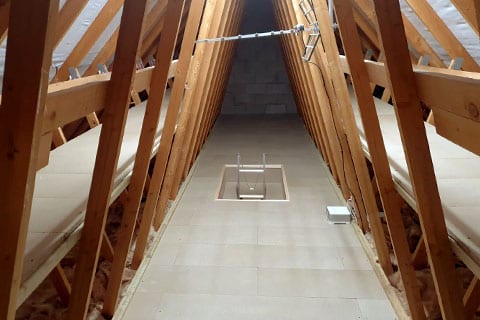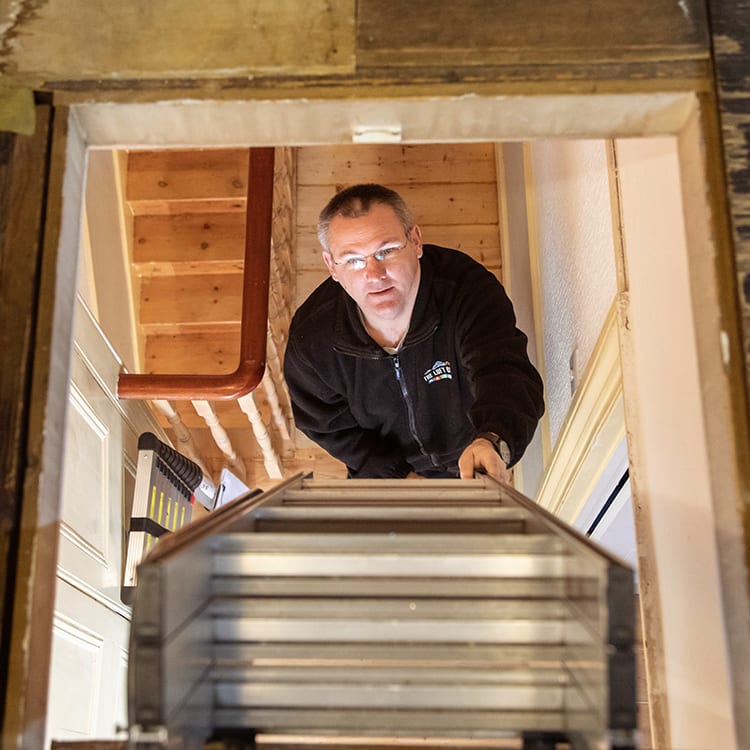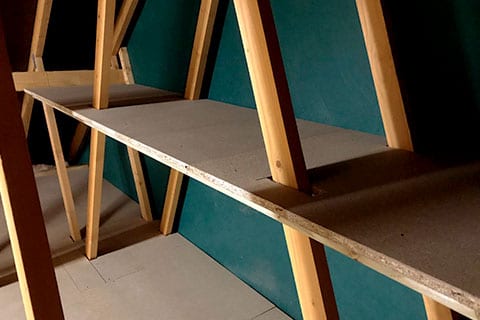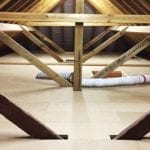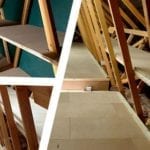More people than ever are making use of their lofts, with conversions ranging from virtually an extra storey to boarding over the joists for storage. While full conversions can be expensive projects, sometimes requiring planning permission, boarding for storage is relatively straightforward. There are questions to be answered, though, before you dive in.
Assessing Your Loft
The good news is that most lofts are suitable for boarding, but several factors need to be assessed. One is how much headroom you have. Depending on the pitch of the roof, parts of your loft may not be accessible standing upright and will be largely unsuitable to use for storage. If too much space falls under this category, it may not be worth your while boarding it.
More seriously, you’ll need to know whether the joists are structurally strong enough to support a floor and the extra weight. A professional specialist company will be able to assess this — just one reason not to DIY your loft boarding.
Check Your Insulation
Your loft should be insulated to prevent heat from leaking out through the roof, saving you money on your energy bills. This will normally be material packed between the rafters, but the problem, especially with older houses, is that recommended insulation depth has changed radically over the years.
Today, the recommendation is for 270mm of insulation, and if you have less it makes sense to add to the current depth. Because older houses weren’t built with this in mind, though, the insulation is likely to come up above the rafters. Trying to compress the insulation under the boards can disrupt air flow and possibly damage water pipes and electricity cables.
There are various solutions, but the best is to have a raised floor, such as the LoftZoneTM StoreFloor system. This allows the boarding to sit well above the joists, allowing the insulation room to breathe beneath it.
Will you want shelving?
Our web shelving option is a great solution for storing boxes at a height that’s easier to reach.
Check Your Access
An old-fashioned loft is often accessed through a tiny hatch from a stepladder perched precariously below. This will clearly be unsuitable if you’re regularly accessing the loft, perhaps carrying items for storage up and down.
This is easy to remedy if you’re using a professional company. They’ll be able to increase the size of the hatch and provide a modern, fixed loft ladder that fits your needs.
It’s a rare loft that can’t be converted for storage, but it may require some extra thought and planning. If you need to discuss your requirements, feel free to get in touch with us.
Was this post useful? Here are some other’s you might like...



